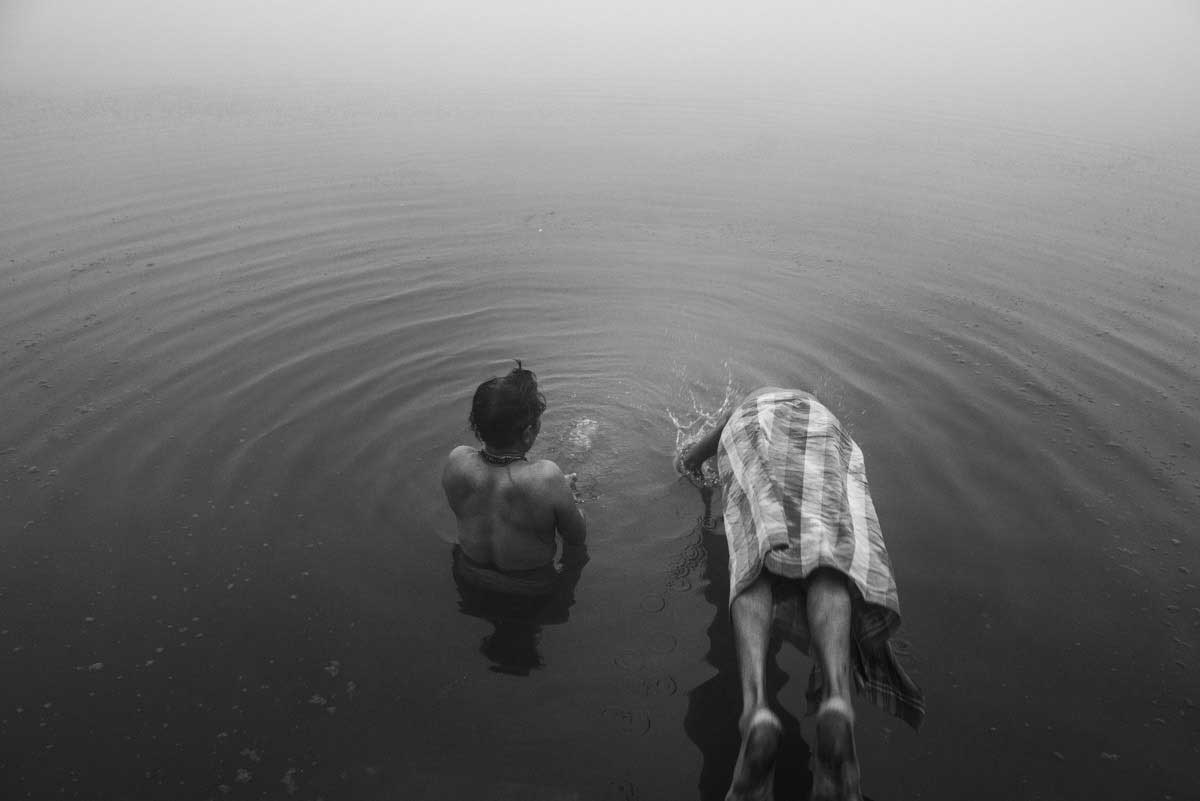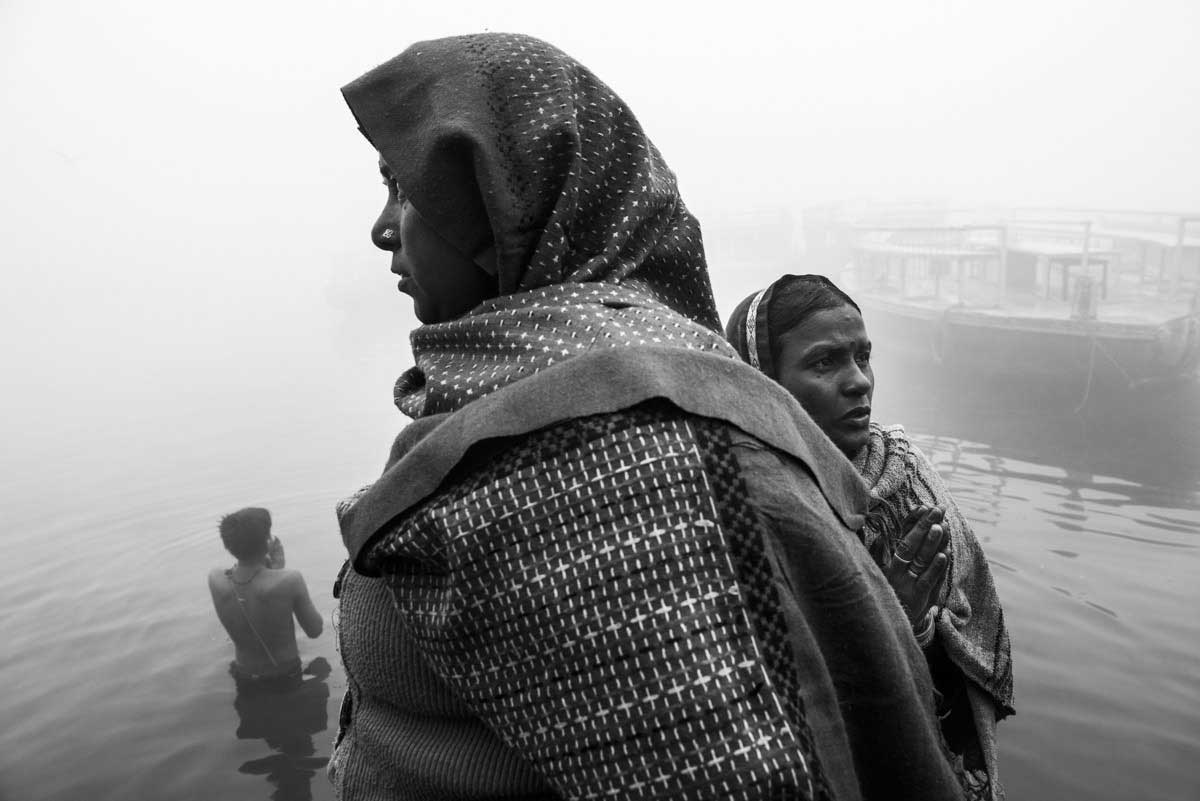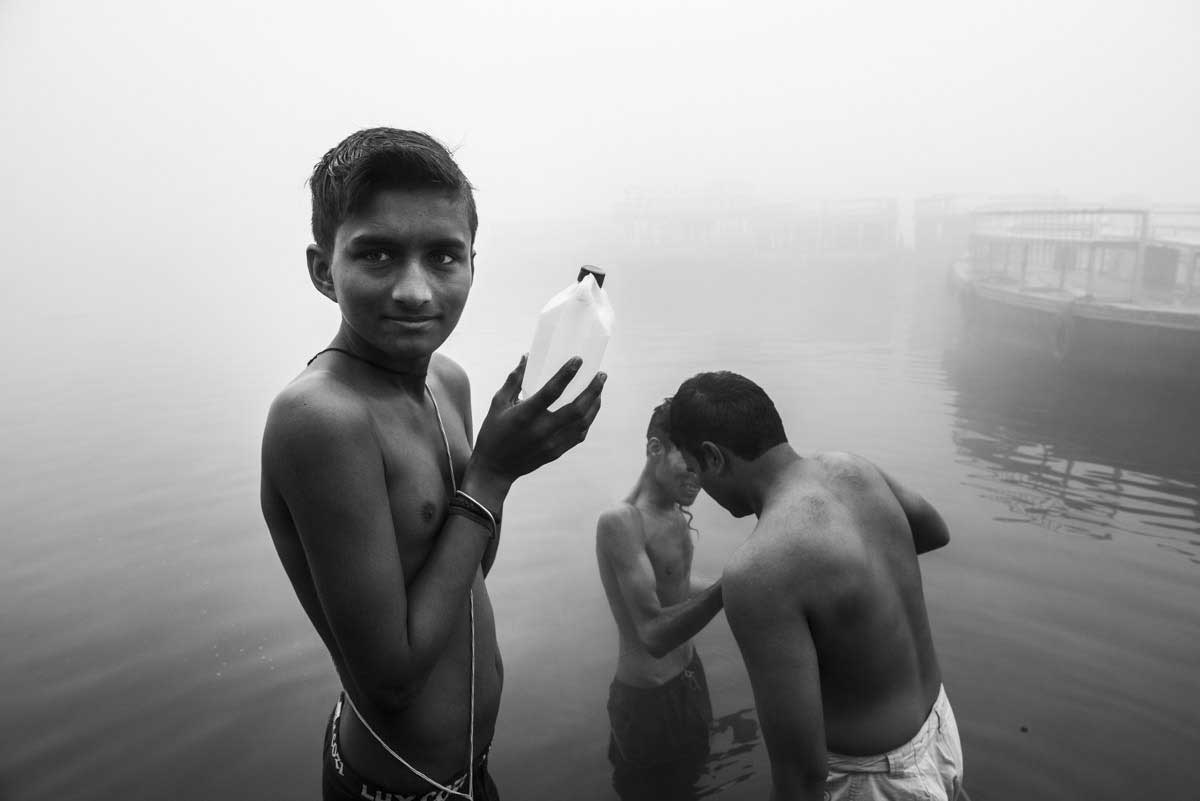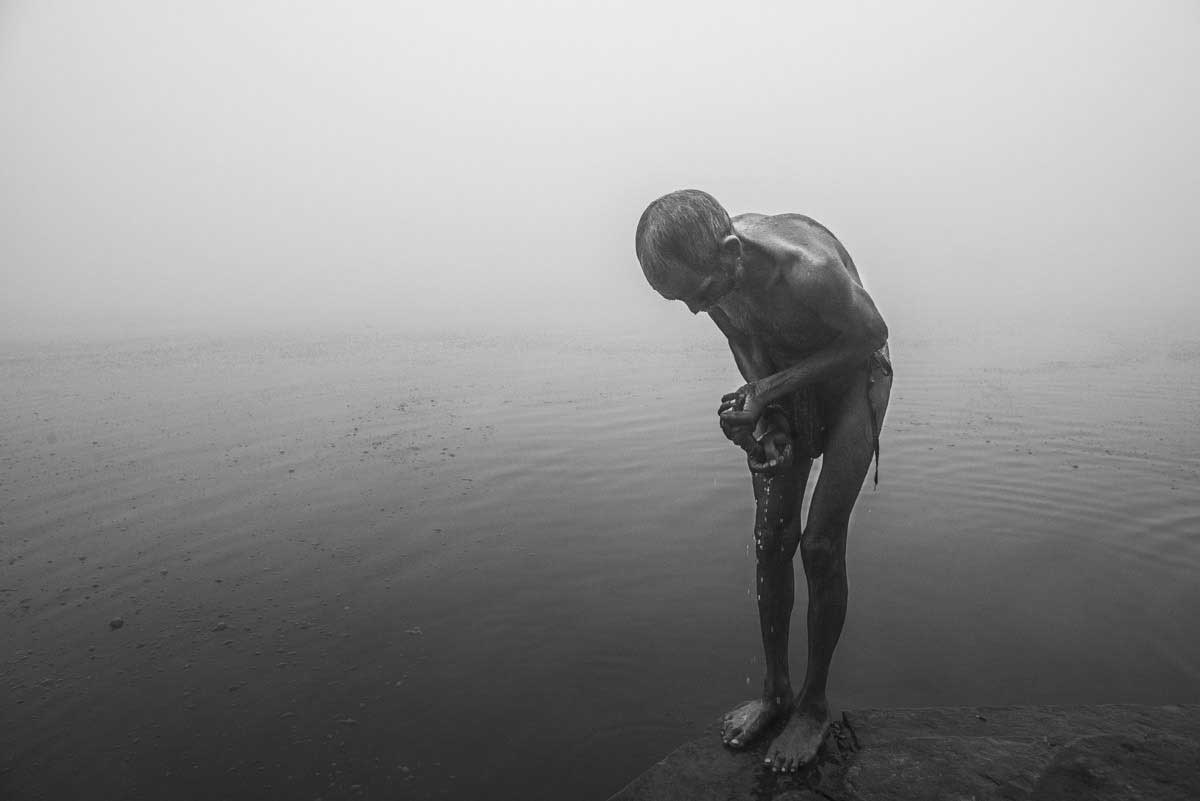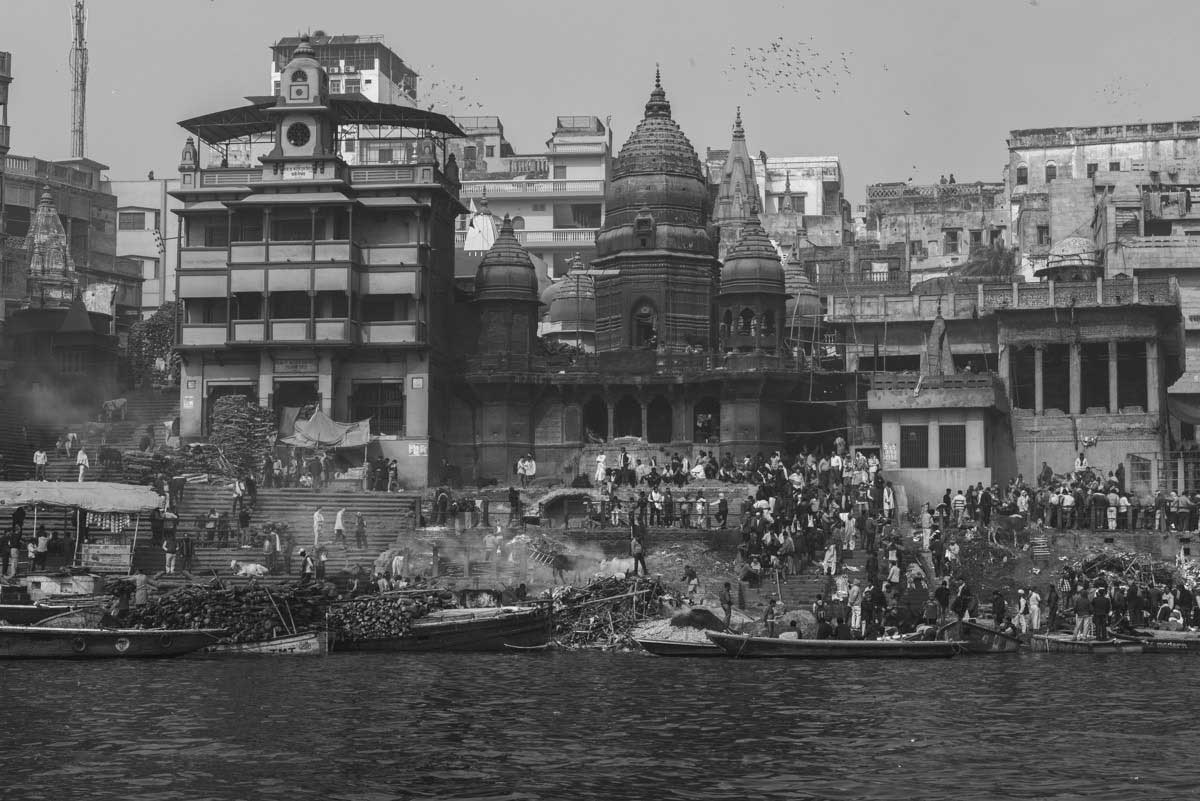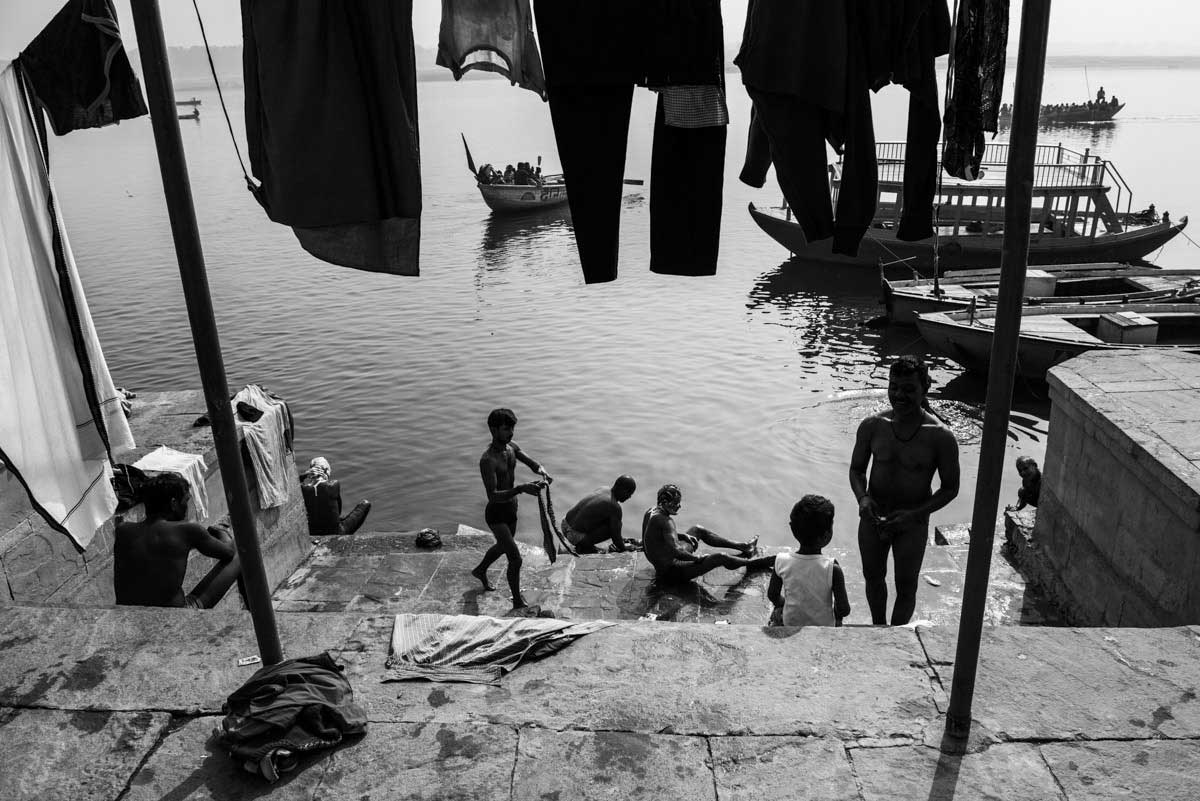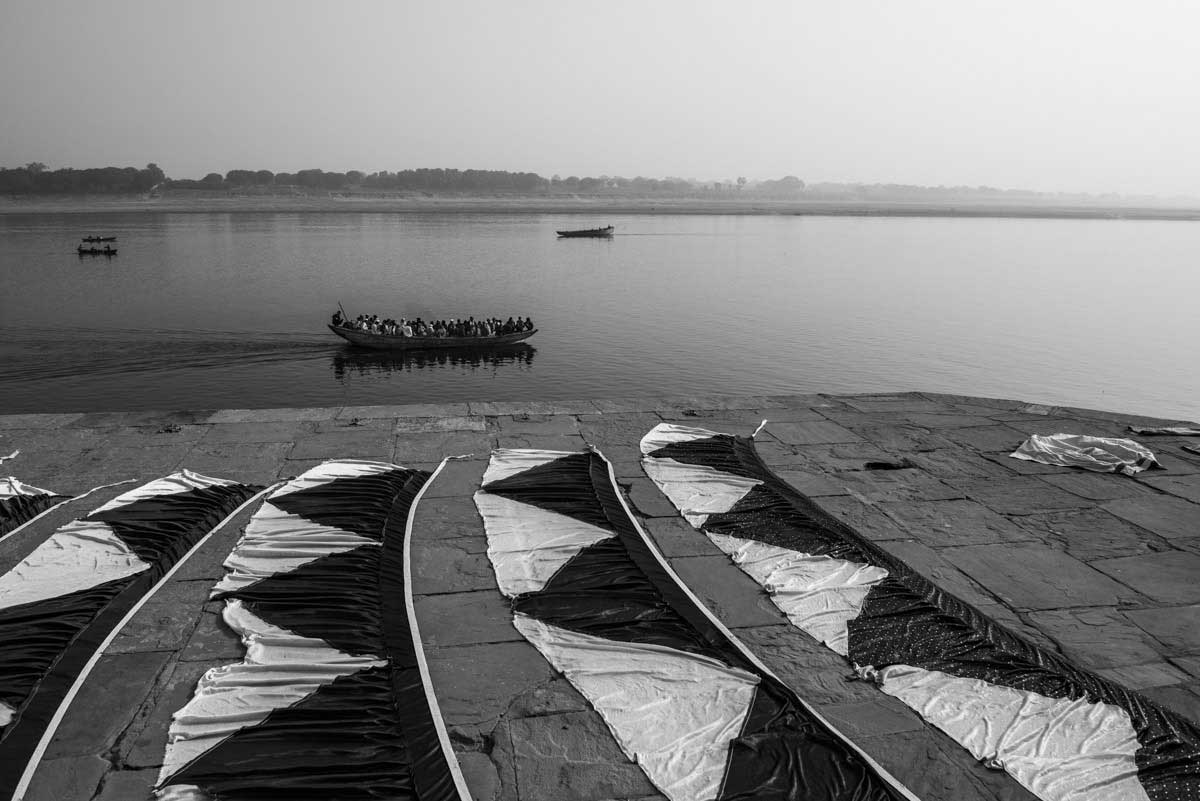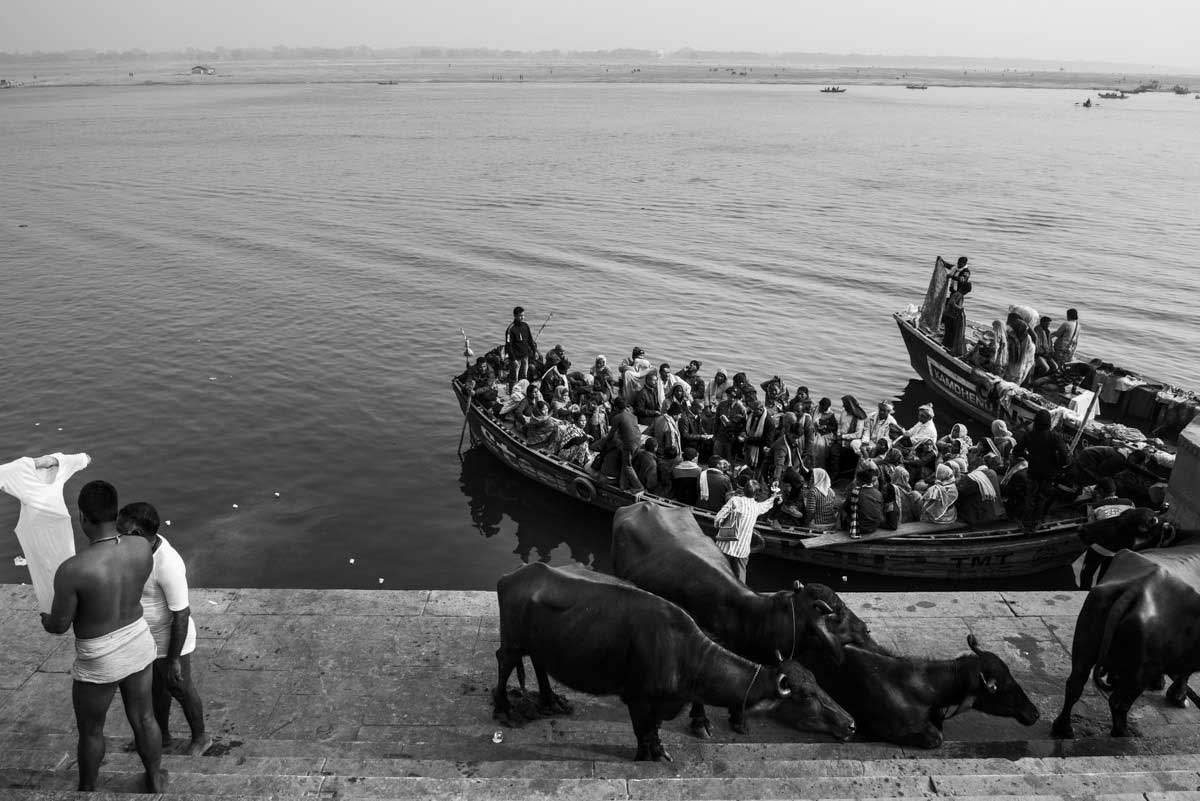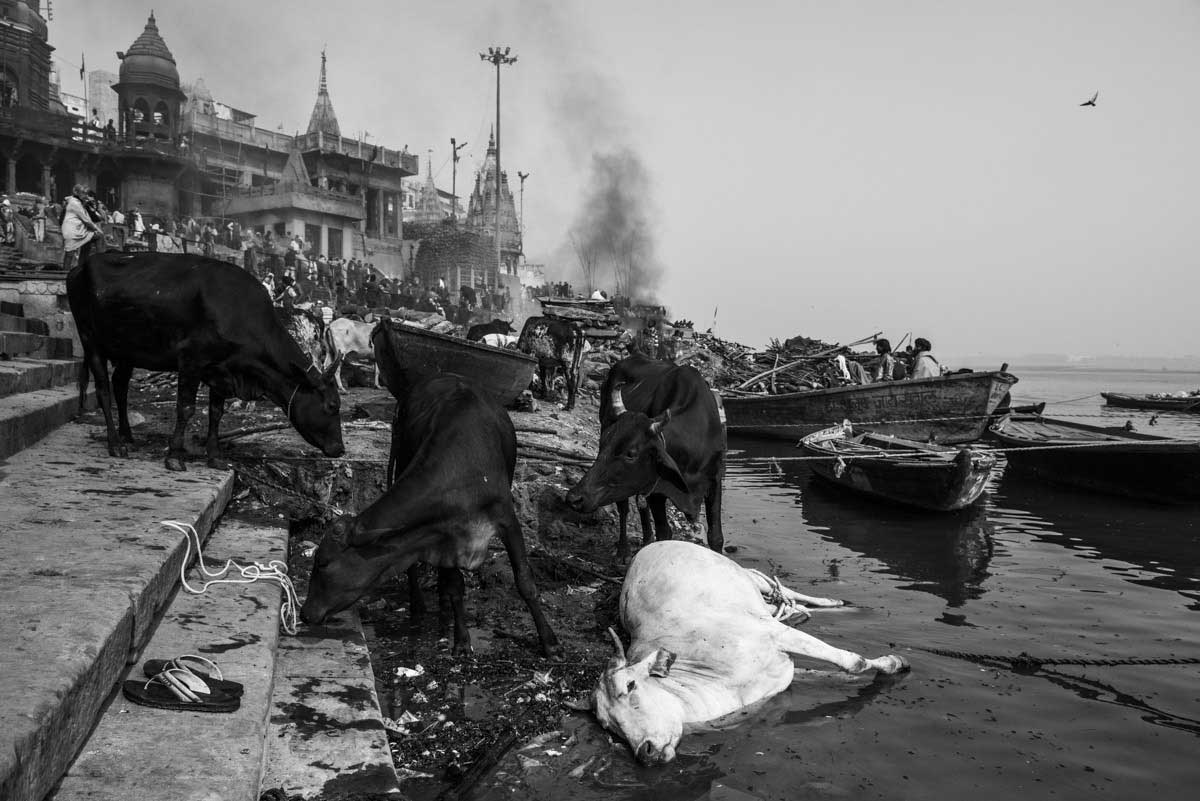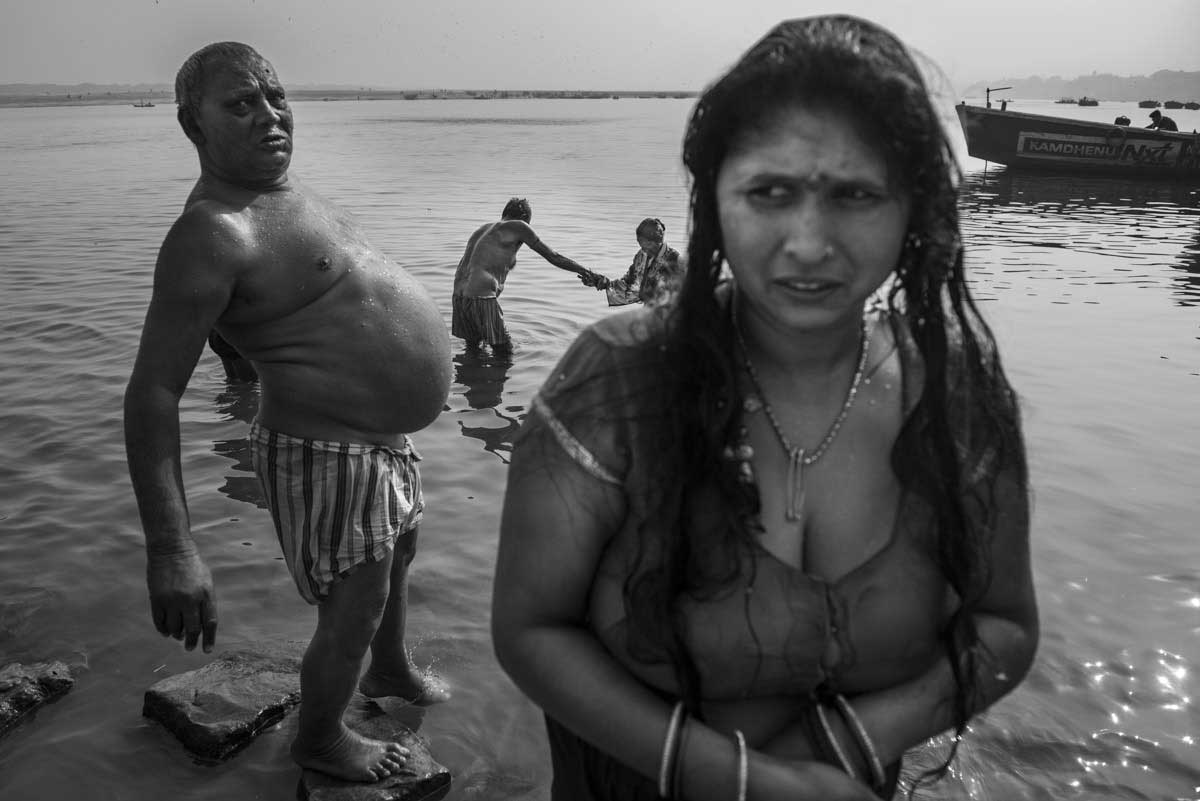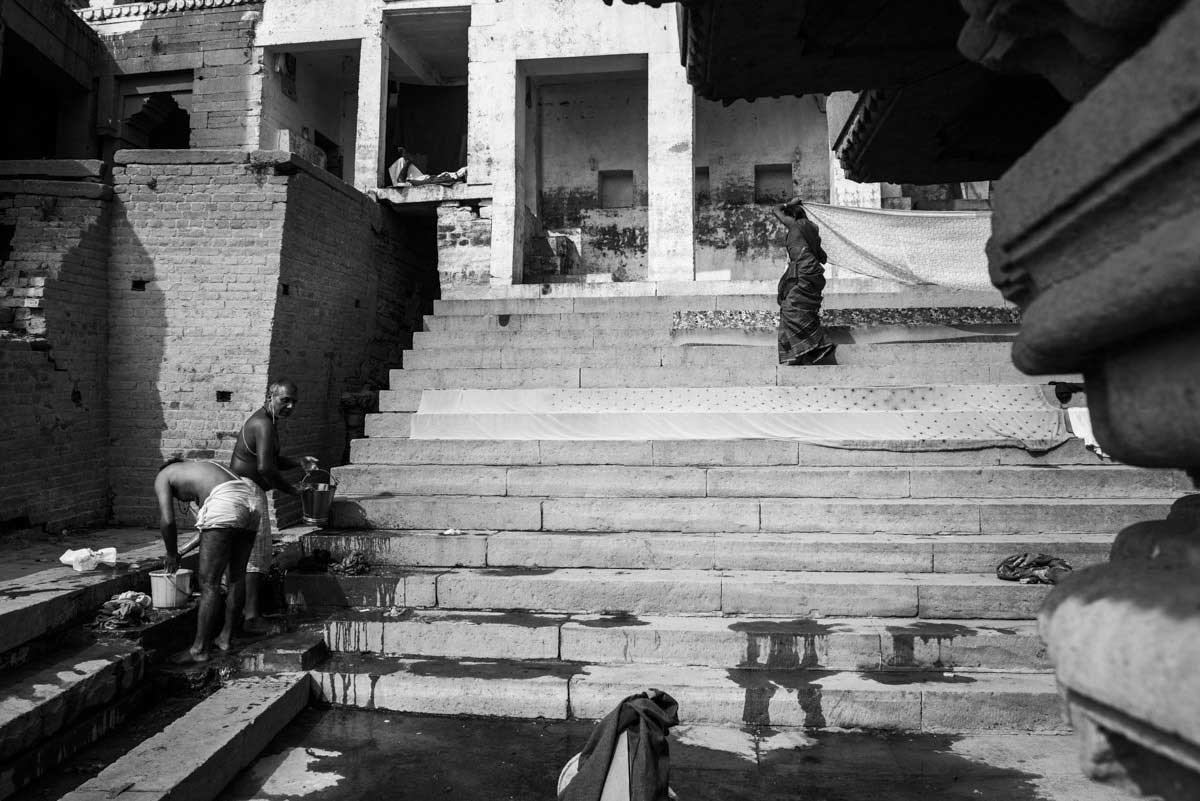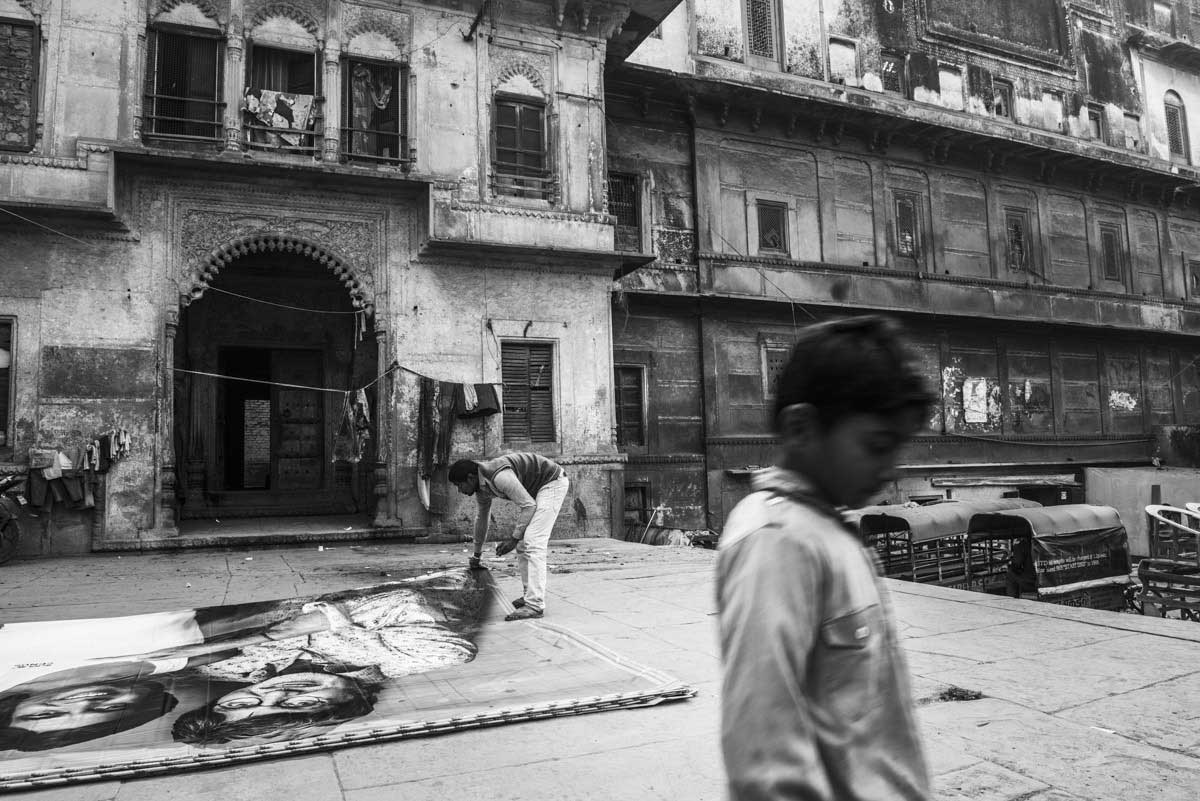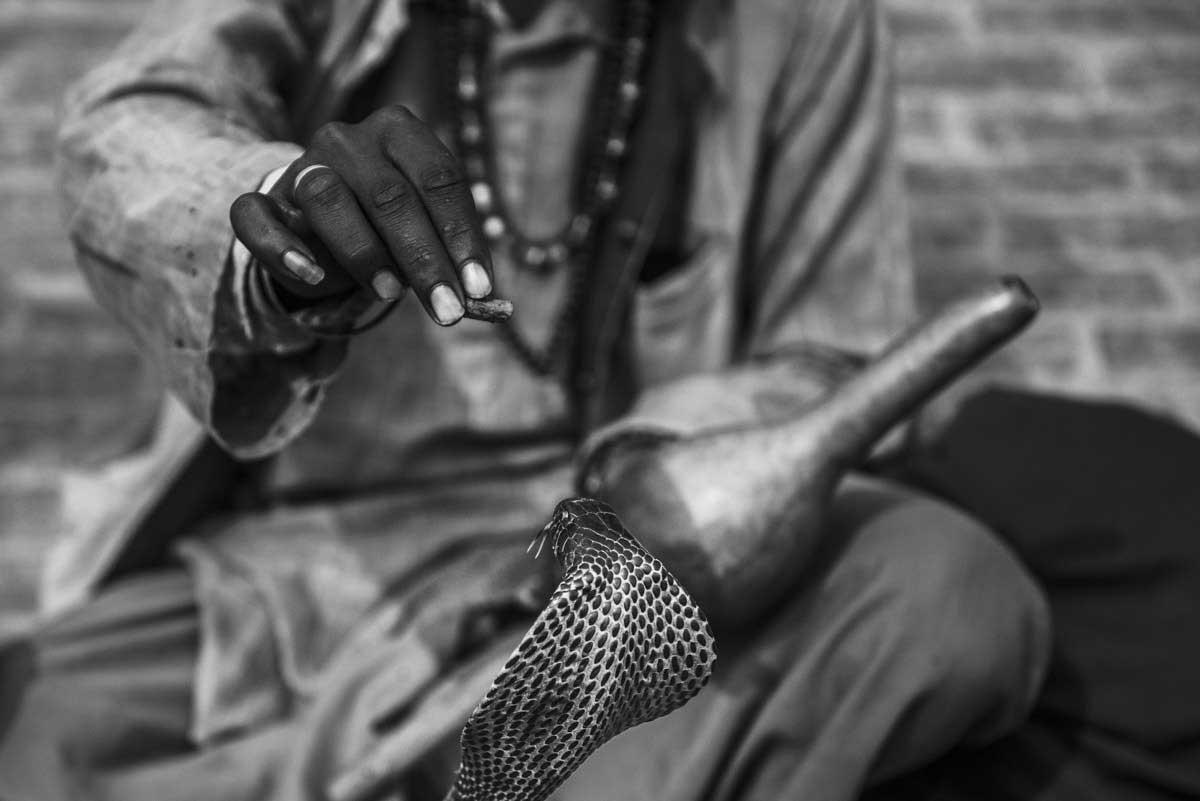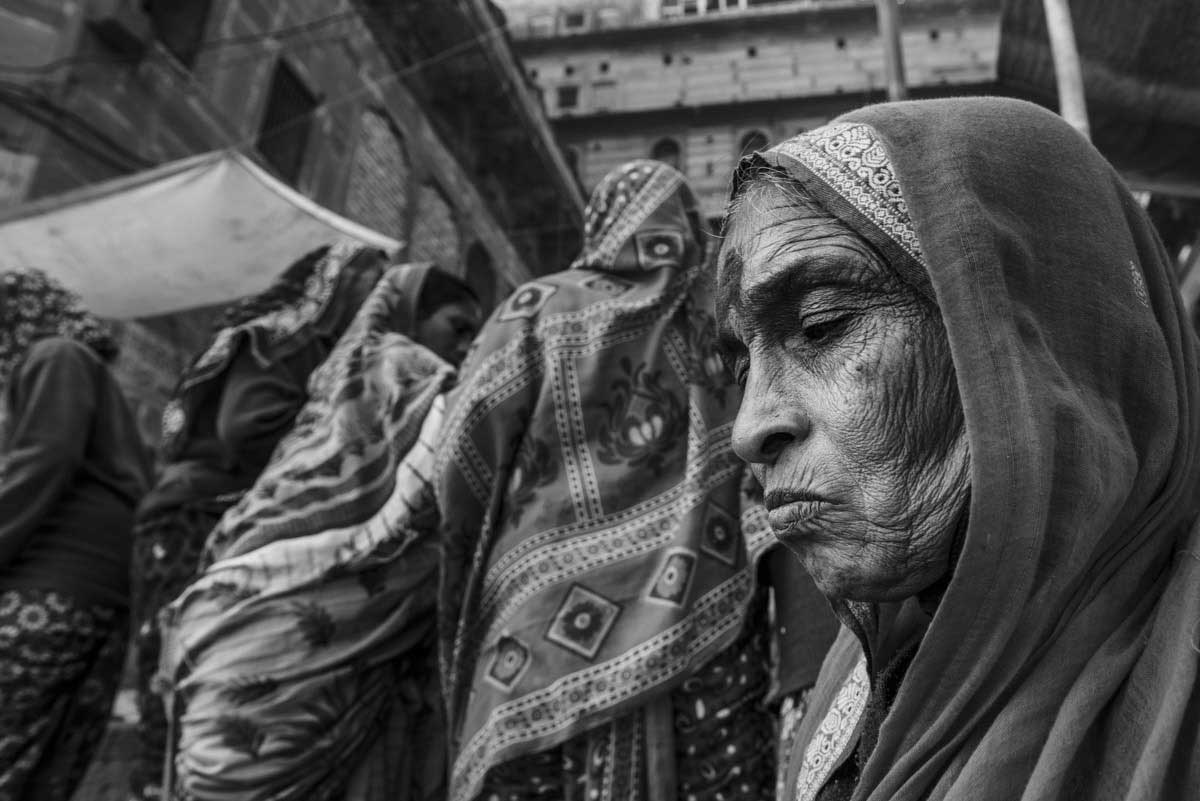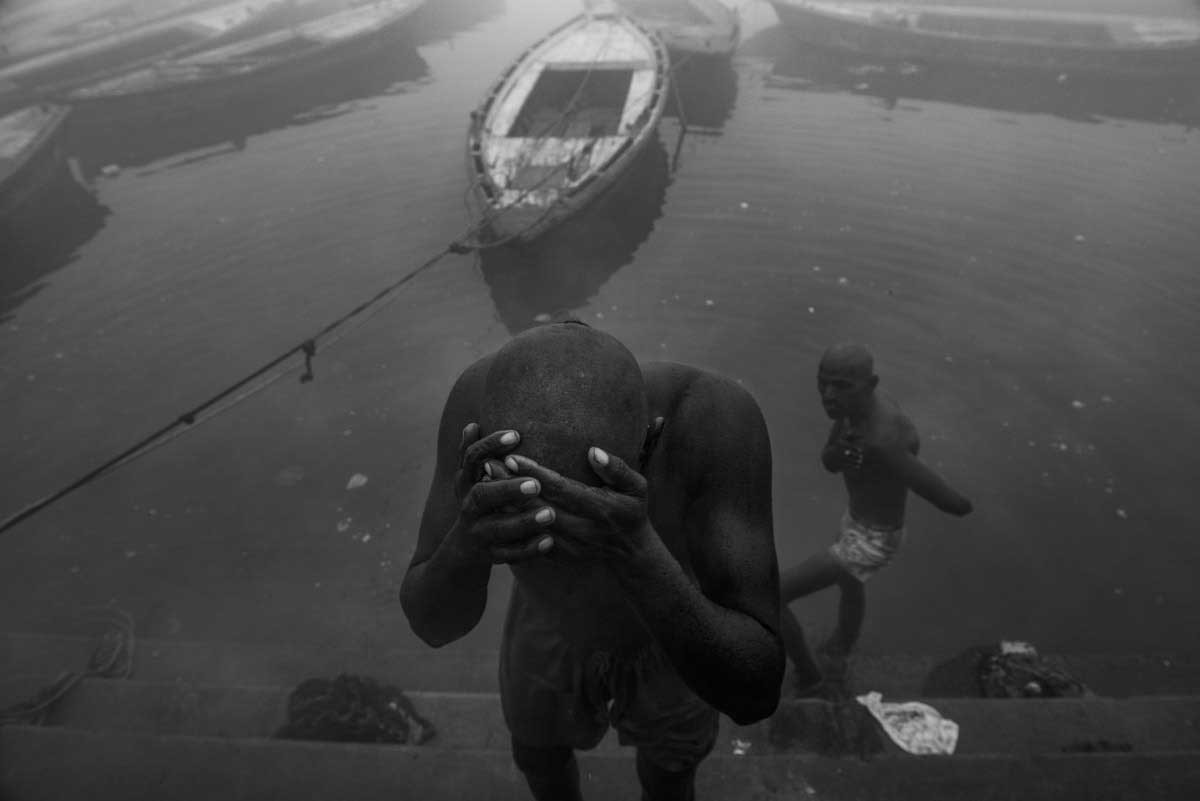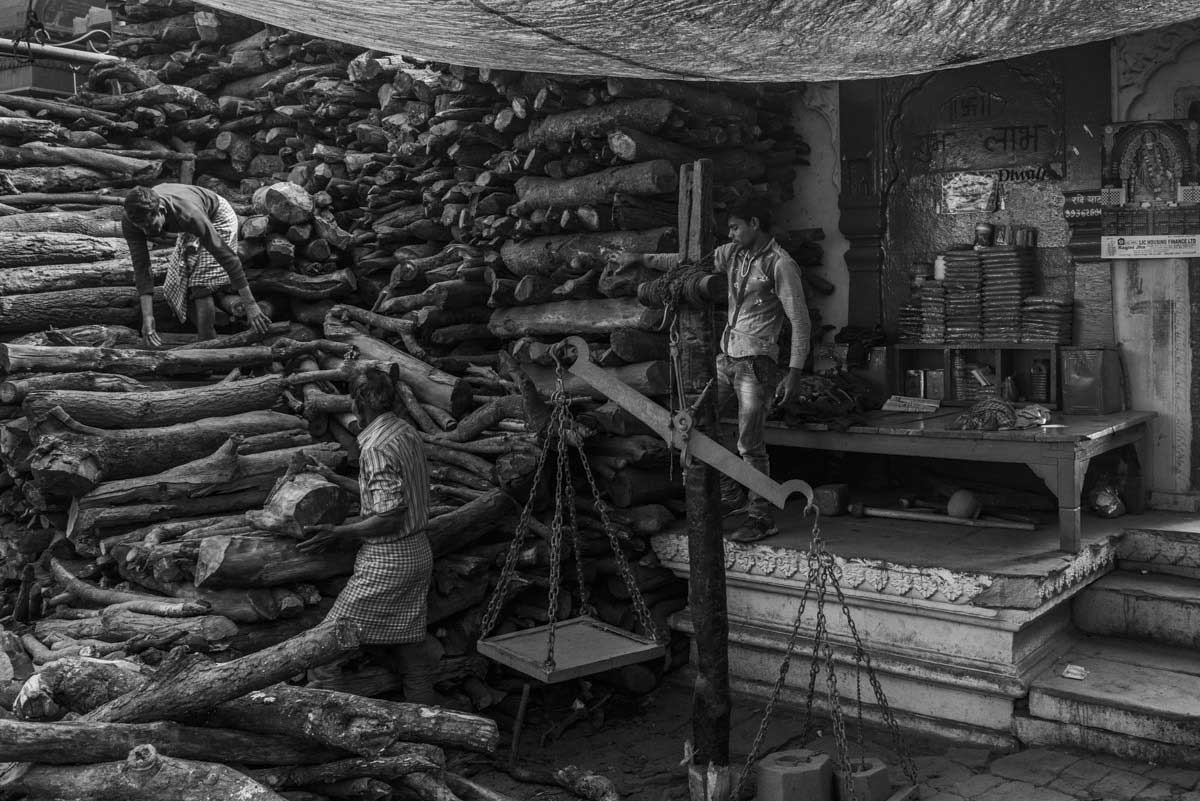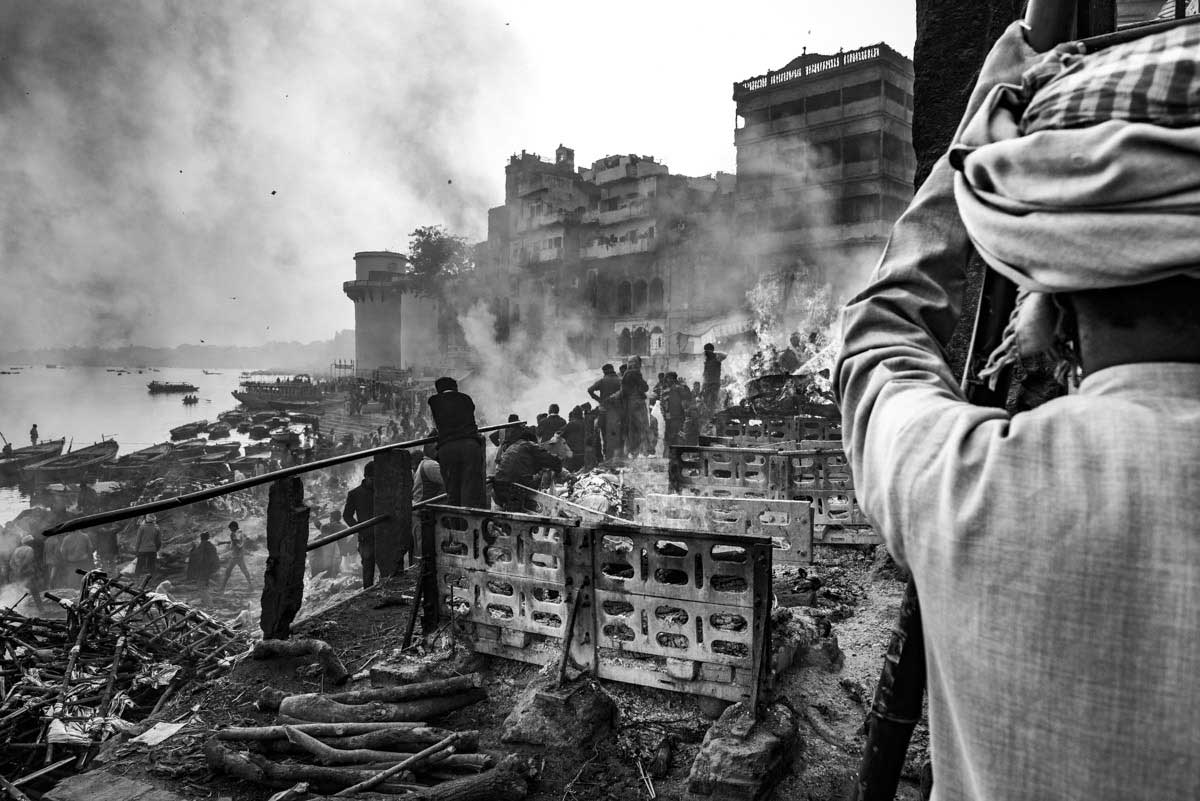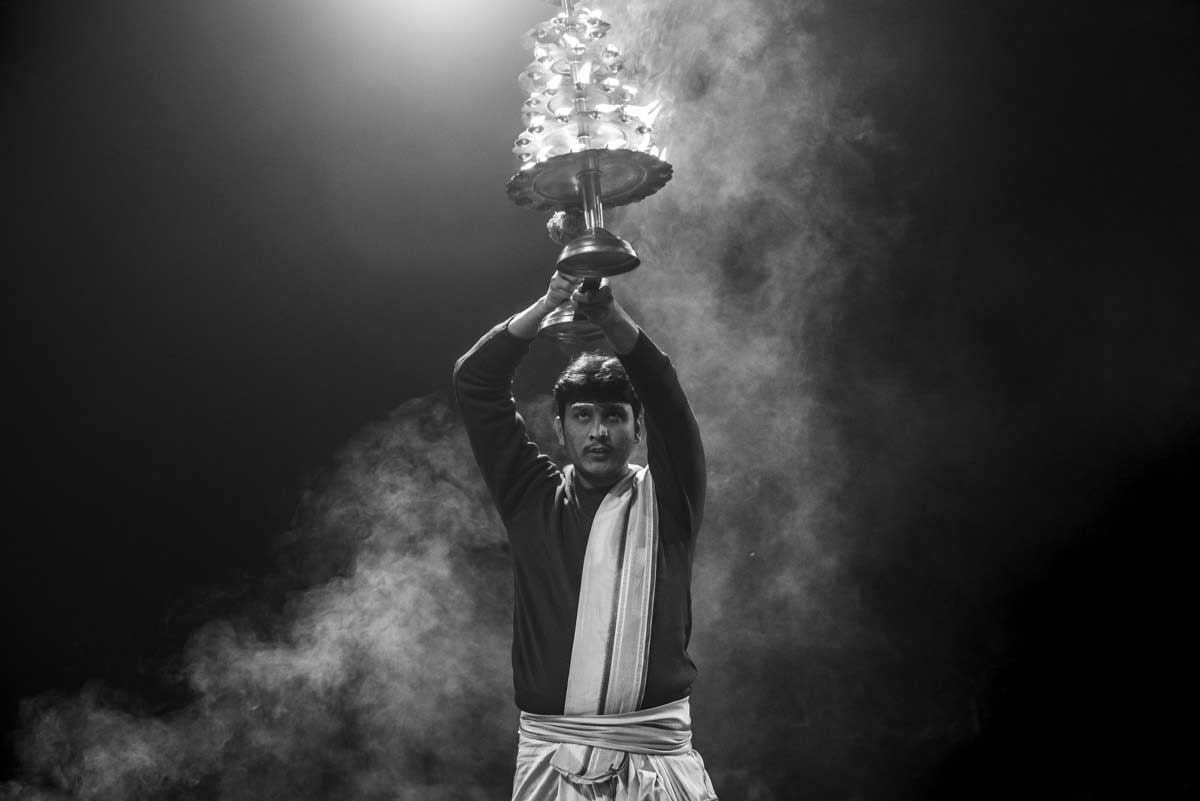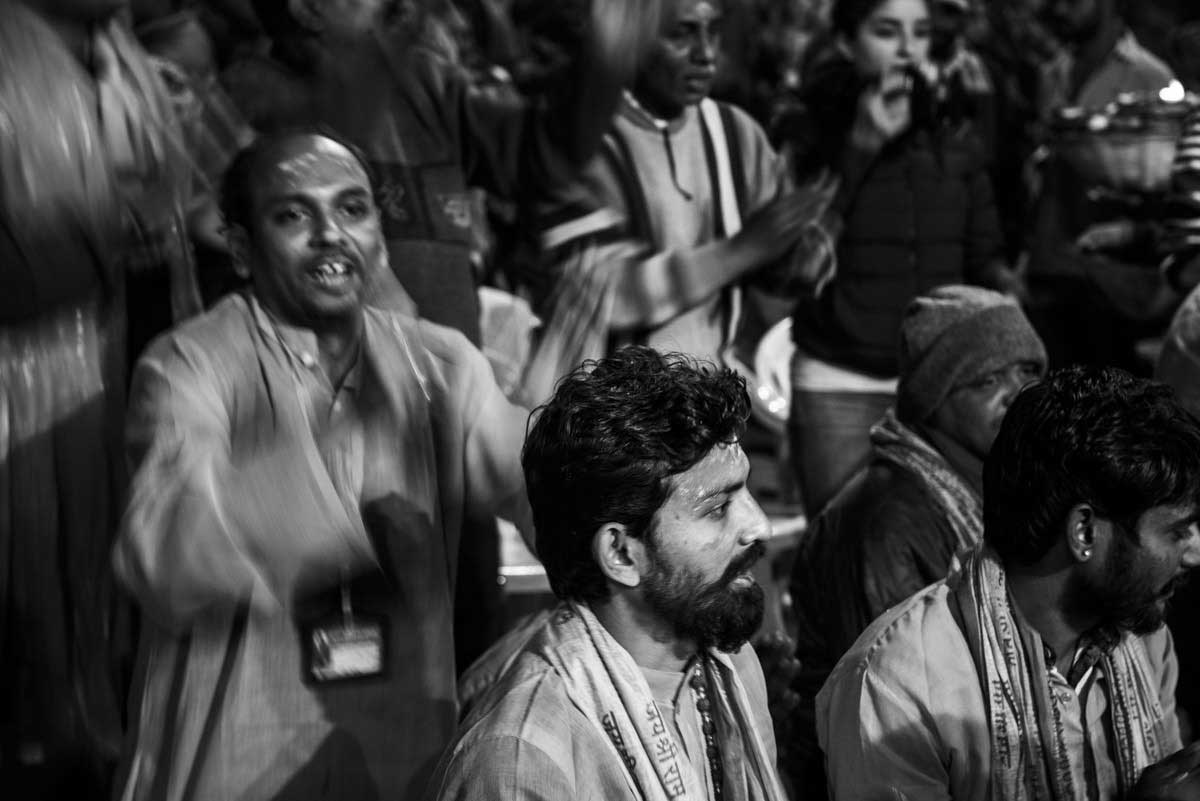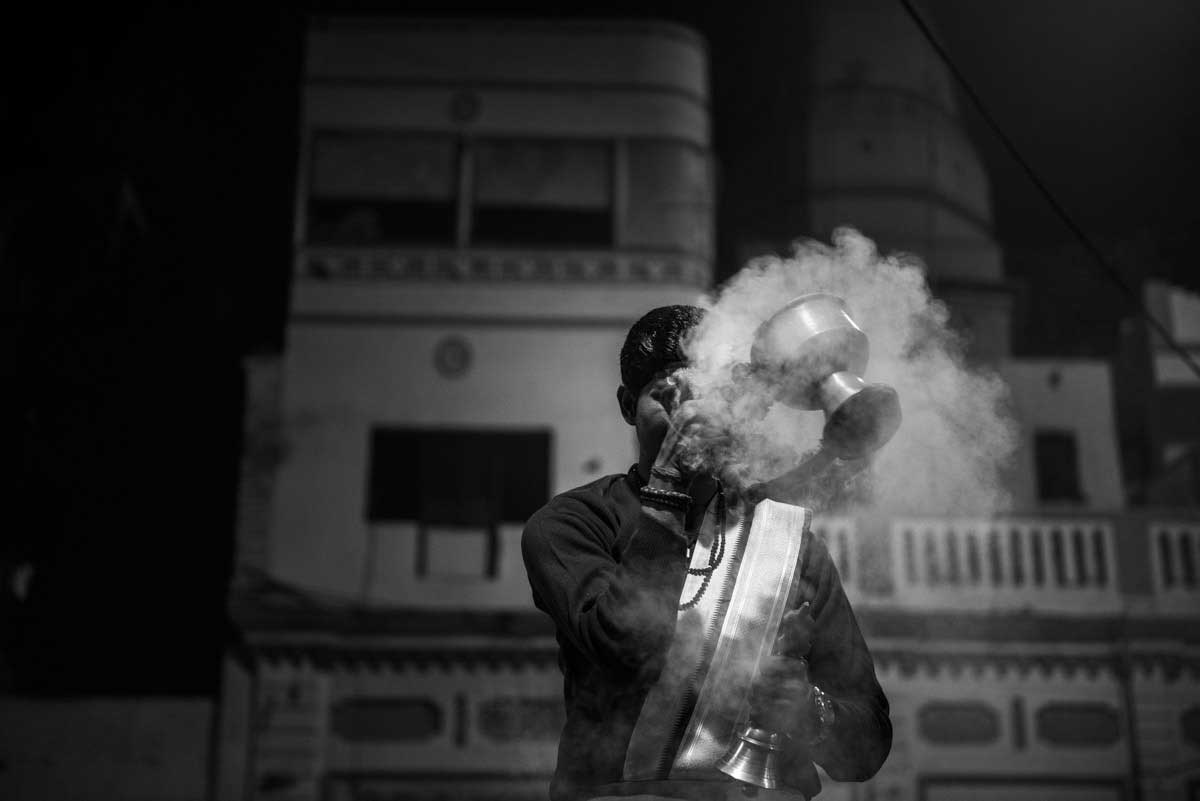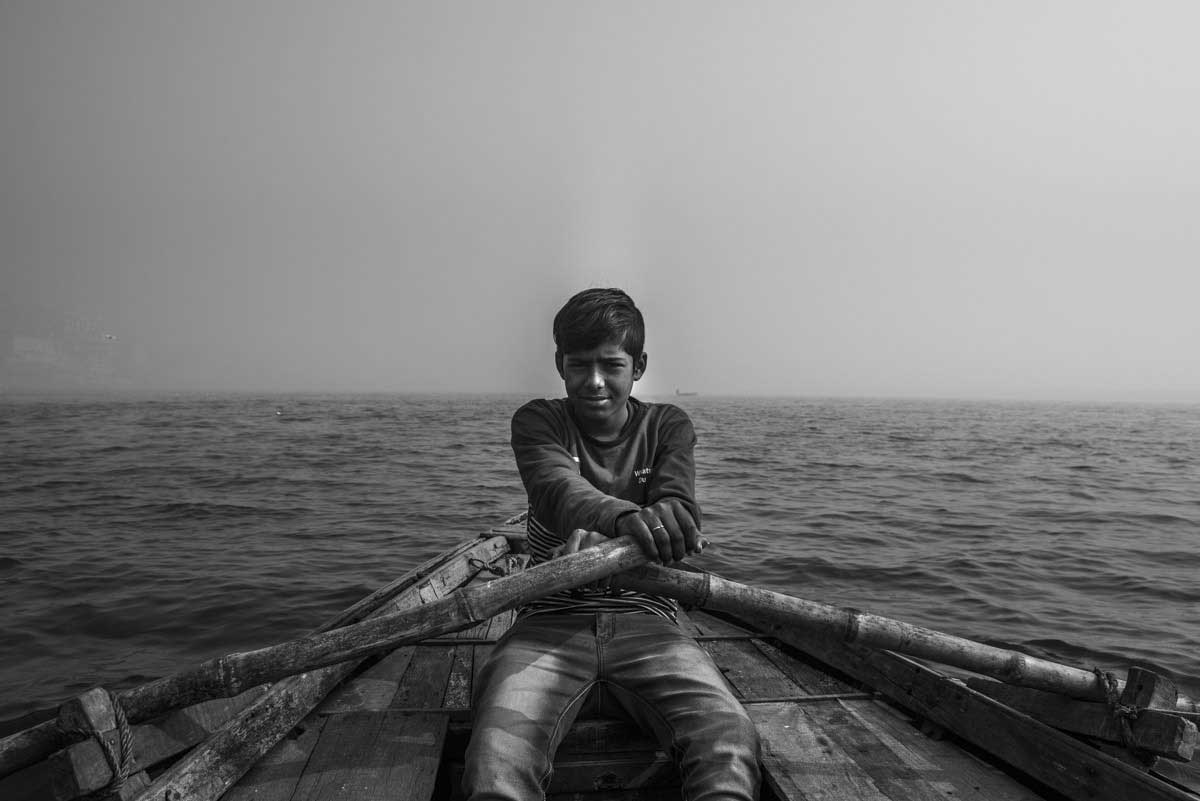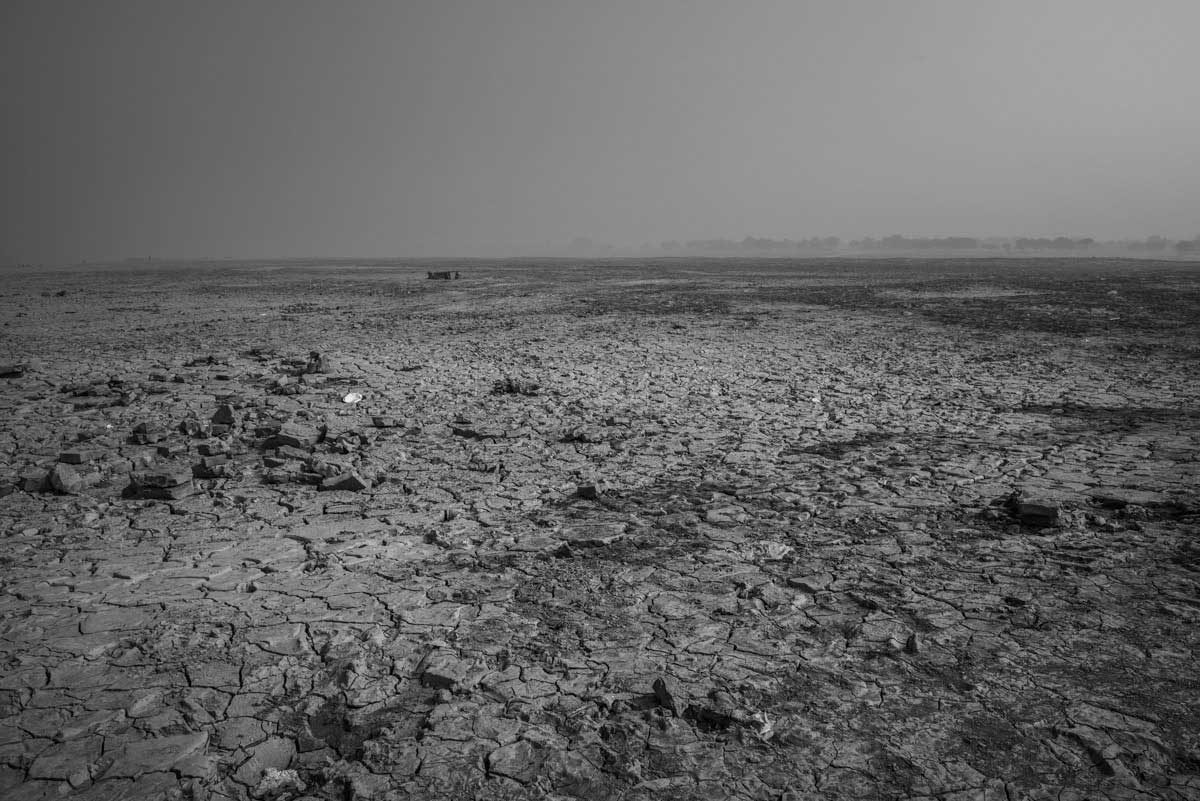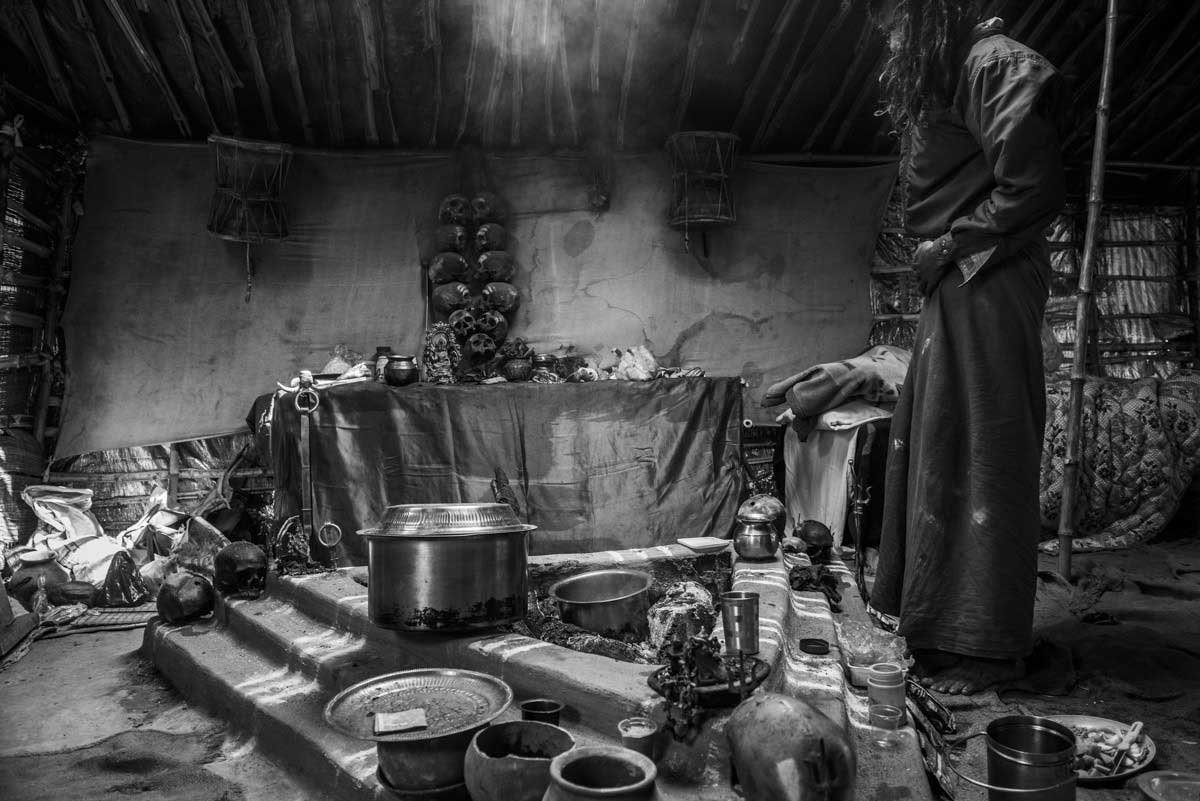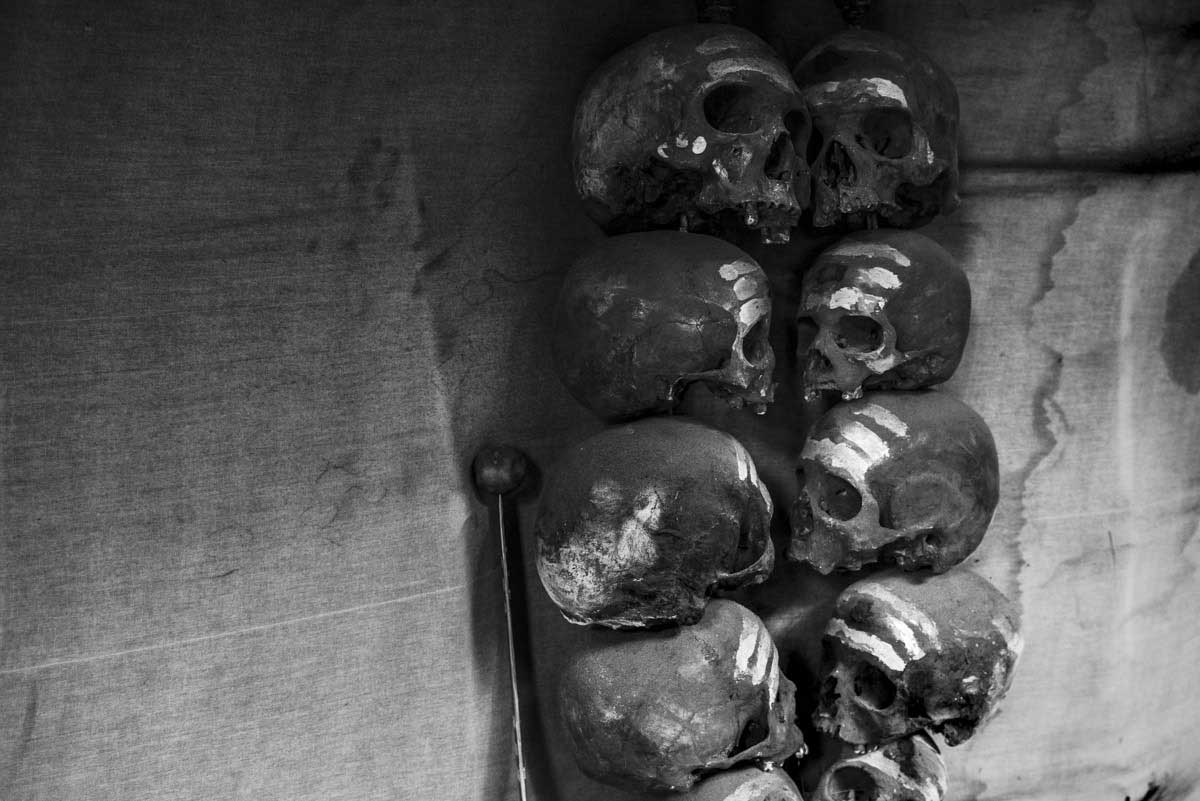Jerusalem is a city of three religions, The Wailing Wall is a sacred place for all Jewish people. A pilgrimage to Mecca is the obligation of every Muslim.
The Church of the Holy Sepulchre is visited by Christians, while Hindus have Varanasi- known as Benares. It is one of the most unusual and fascinating places in India. The historic city populated by around 1,5 million people is located on the holy river Ganges (Ganga). Apart from a million pilgrims who come here every day to submerge themselves in the sins-cleansing waters, this place is also visited by thousands of tourists.
One of the main attractions for the sightseers is a cruise on the cult-related water along Ghats- extending to 5 kilometers of stairs leading to the river. At dawn on the Ghats, the lives of the inhabitants go on, who are practicing their everyday rituals in the fog covered Ganga from the early morning.Some pray, cleansing their body and soul, mediating. Some are doing laundry or filling up water bottles to quench their thirst. Nobody minds the cattle neck-high in the water next to them or the sight of people defecating directly into the mother-river.
The Hindus believe that the Ganges comes from heaven and leads to heaven, cleanses away all the sins and prepares a soul to its final journey (moksha). When ashes of the deceased are scattered into the Ganga, their body will be free of samsara and they will reach Nirvana- liberation from the cycle of birth and death. Hindus claim that it’s most effective to do this in Varanasi, the holy city located on the trident of Lord Shiva. That’s why every believer wishes to have their body incinerated in Benares.
On the crenation Ghats, burning ceremonies (Antyeshti/ Antim Sanskar) take place 24 hours a day throughout the whole year. Over 300 bodies are subjected to cremation every day, wrapped in materials which come from the most distant parts of India. Corpses are appropriately anointed and prepared. The color of the shroud determines the gender and age of the deceased. Big toes are tied by a piece of string. Hands and both thumbs are tied together on the chest as if they are doing the namaskar (a traditional greeting from India or a gesture of respect). The whole procedure must be performed without movement or tears. Because of this woman don’t take part in the rituals as anxiety and hysteria disturb the souls from departing.

The ceremony is led by a member of a unique Indian society the so-called Dom, apart from him the eldest mourner (usually the eldest son) watches over the ritual, who puts on white robes and shaves his head on bald. First, the body is immersed in the Ganges to have a final taste of the holy water. Next, it is left to dry. At the same time, wooden pyres are being prepared- the size of the stacks and type of wood show the wealth and status of the deceased. After this, the corpse is placed on a heap of wood to be anointed and lubricated with clarified butter (ghee) and sprinkled with pieces of sandalwood. When the deceased is prepared the participants of the funeral to gather around him. While Granthi (the person who has received the honorable function of reading from the holy book) recites Sikh Ardas, the body is set on fire by the oldest mourner. The sound of the cracking skull symbolizes the release of the soul. Sometimes an intervention is needed and to break the skull and other hard parts such as the pelvis, a rod is used. The ceremony of cremation ends after 3-4 hours when the remains are powdered and thrown into the arms of the goddess Ganga forever.
Bodies of small children, pregnant women, people who have been bitten by the holy cobra and saints are not subjected to cremation as their souls don’t need redemption. In many cases they are not traditionally buried, they are brought out to the middle of the Ganges and weighed down by stones they sink to the bottom. Families who can’t afford wood for cremation also throw the corpse into the river. The last ritual of the day performed regularly in honor of the holy river is Ganga Aarti. Hundreds of people gather in Dasaswamedh Ghat every evening at sunset to say their prayers and witnesses to the ceremony of offering fire to the mother- Ganges.

The mouth of the Ganges is in the Himalayas and at 2700 km in length it flows into the Bay of Bengal. It is the source of food and water to over 400 million people apart from that it irrigates agricultural land and fertilizes the soil. The level of oxygen in the water is several times higher than in other rivers. That is why it’s said that has amazing self-cleaning properties, the germs die in it three times faster than in other waters. In 1896, a British bacteriologist studied the bactericidal properties of water. He found that cholera bacteria colonies died very fast in the waters of the Ganges.
Nevertheless, the level of pollution has exceeded all standards. In addition to dead animals, human remains, piles of garbage and manure, sewage is a huge problem. About 1000 milliard wastewater treatment plants have been created along the Ganges, and 12 milliard liters of waste is produced in its basin daily. Furthermore, in Kanpur, there are 400 open tanneries and the toxic heavy metal waste from them ends up in the sacred water. It constitutes a mortal danger. Ganga in some places, especially in the dry season is not even suitable for bathing. The rapidly growing population, rising living standards, and industrialization has left a major impact on the environment and water resources. Minimum 300 kg of wood is needed to organize a funeral for one person. In consequence 50 to 60 million trees are cut down in the Himalayas forests annually! In fact, in Varanasi, there are cleaner and more ecologically-friendly crematoria but they are closed. Nobody wants to resign from the traditional ritual, a religious cult that kills precious forests and the goddess Ganges.
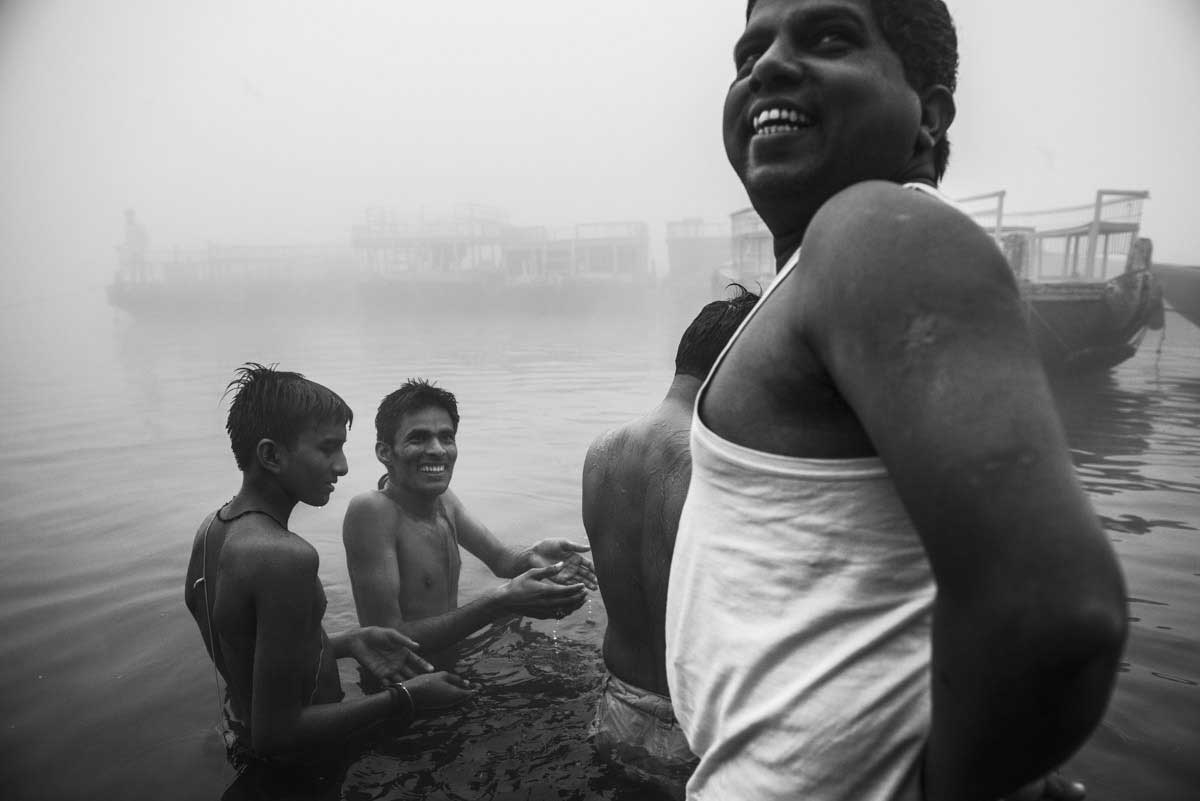
About Szymon Barylski
Szymon Barylski Polish photographer born in 1984, based in Ireland. Szymon is involved in documentary photography and photo essays. Photographing for him is a tool for exploring and learning about the world. He tries to tell a story and show it directly. In his opinion, people are an inexhaustible topic and a source of inspiration. Szymon said: „When travelling, I meet people; as a result I create the image of my relation with them. The exploration of the environment where I take photos allows me to create emotional and convincing scenes.“ He thinks you cannot photograph the things you do not know well. That is why he prepares himself for each project individually, accurately, going into detail in the newspapers and on the Internet. Next he looks for an inspiration in other photographer’s photos and conversations, as a result he can create real pictures. His own narrative presented in his photos is at the same time very personal and common. Szymon thinks that a lot of people can identify themselves with his works. Photographer wish his photos could increase individual and collective awareness about the social, political and economic need and urge people to act, be part of positive changes. [Official Website]
Woman who arrived to Varanasi for cremation of her loved one. On the ghats in Varanasi, Uttar Pradesh, India
Men are preparing to attend the funeral ceremony at a ghat in Varanasi, Uttar Pradesh, India.



